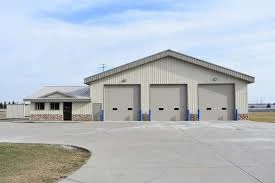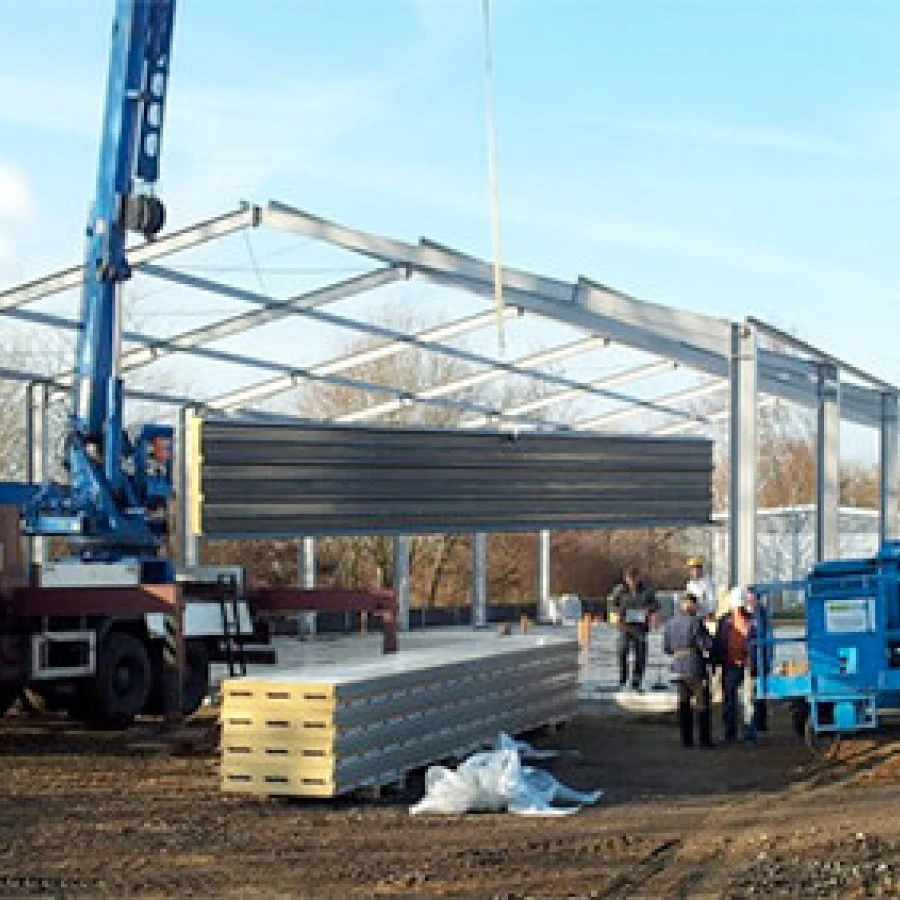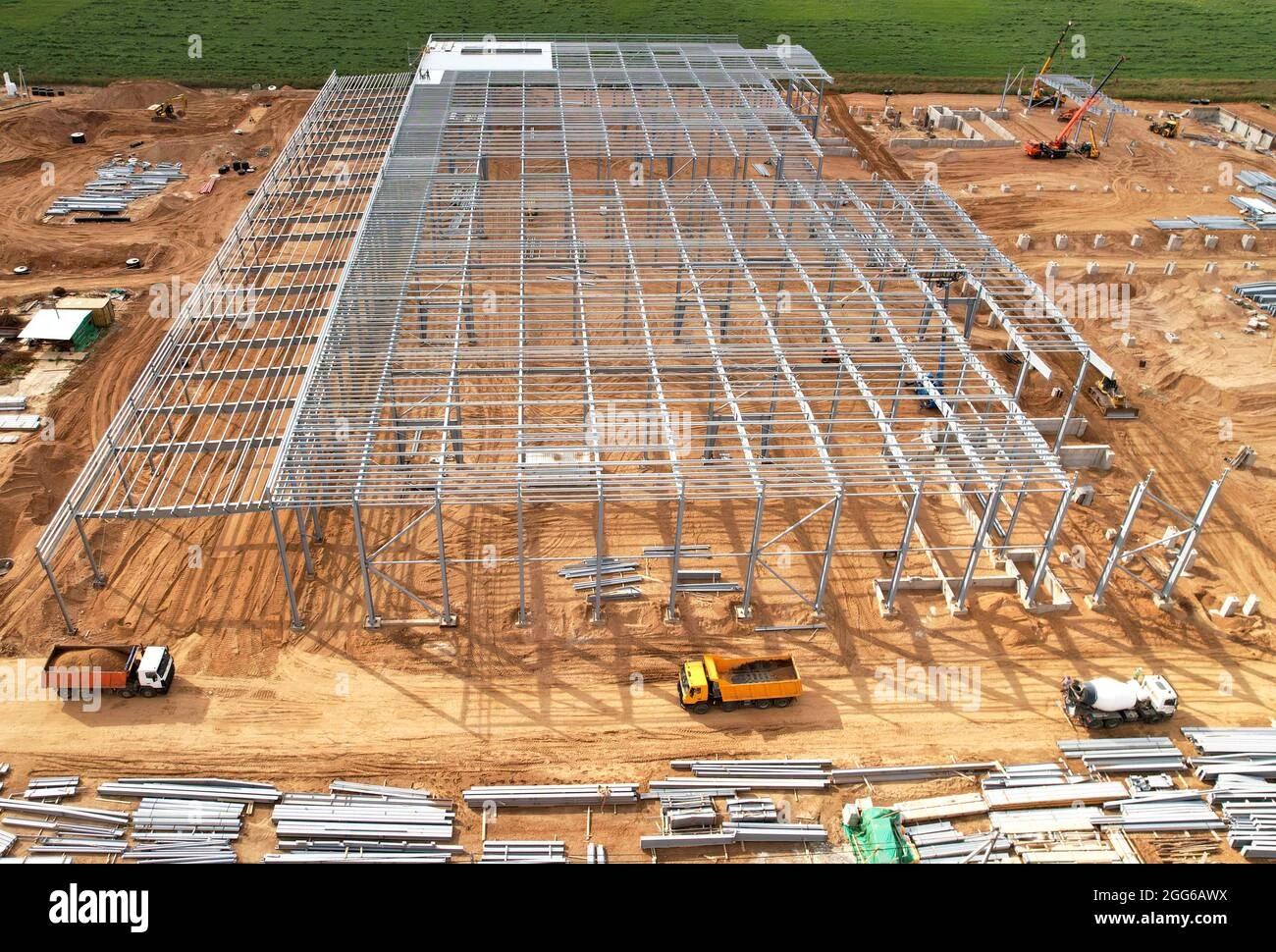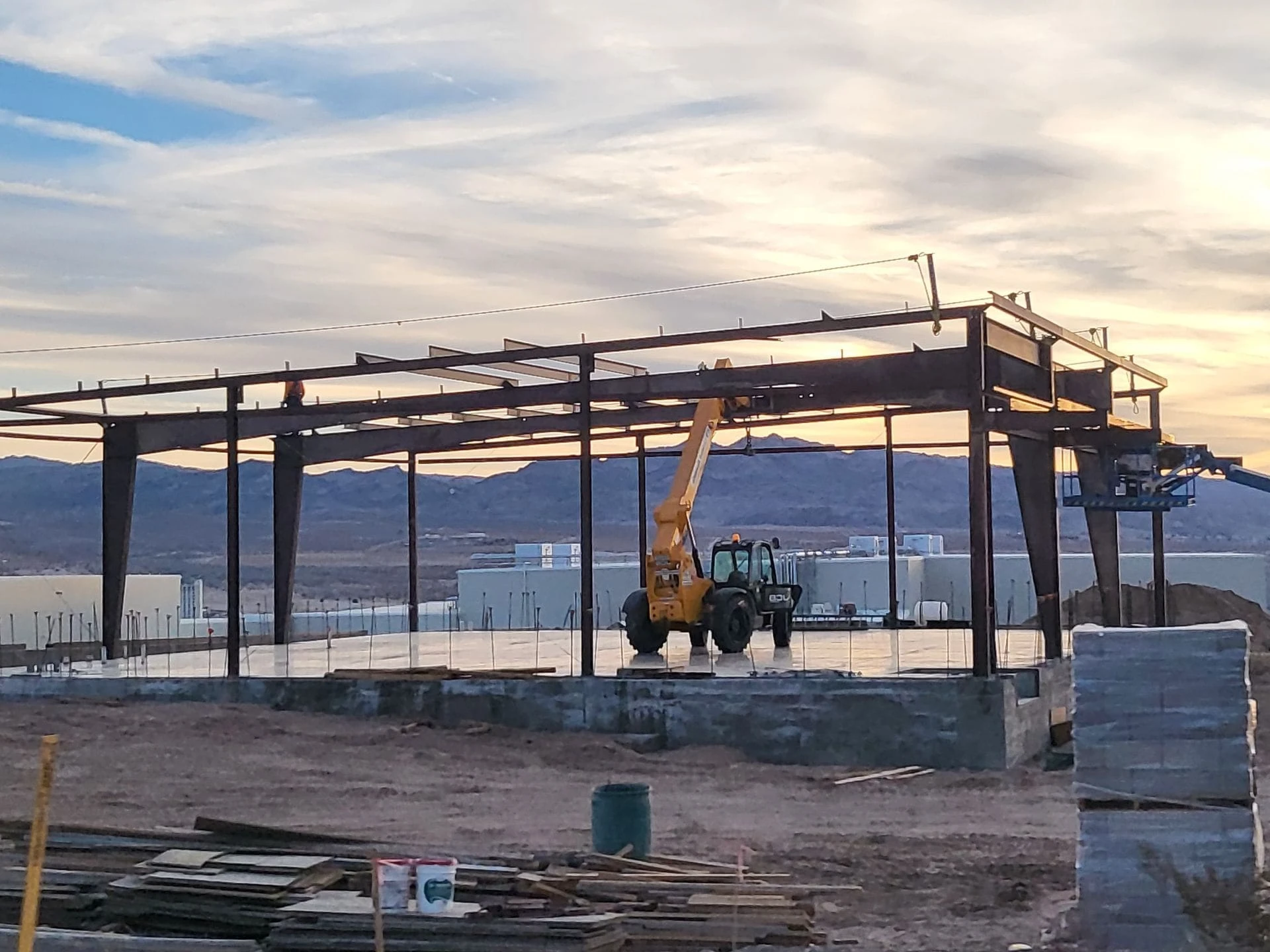- Afrikaans
- Albanian
- Amharic
- Arabic
- Armenian
- Azerbaijani
- Basque
- Belarusian
- Bengali
- Bosnian
- Bulgarian
- Catalan
- Cebuano
- Corsican
- Croatian
- Czech
- Danish
- Dutch
- English
- Esperanto
- Estonian
- Finnish
- French
- Frisian
- Galician
- Georgian
- German
- Greek
- Gujarati
- Haitian Creole
- hausa
- hawaiian
- Hebrew
- Hindi
- Miao
- Hungarian
- Icelandic
- igbo
- Indonesian
- irish
- Italian
- Japanese
- Javanese
- Kannada
- kazakh
- Khmer
- Rwandese
- Korean
- Kurdish
- Kyrgyz
- Lao
- Latin
- Latvian
- Lithuanian
- Luxembourgish
- Macedonian
- Malgashi
- Malay
- Malayalam
- Maltese
- Maori
- Marathi
- Mongolian
- Myanmar
- Nepali
- Norwegian
- Norwegian
- Occitan
- Pashto
- Persian
- Polish
- Portuguese
- Punjabi
- Romanian
- Russian
- Samoan
- Scottish Gaelic
- Serbian
- Sesotho
- Shona
- Sindhi
- Sinhala
- Slovak
- Slovenian
- Somali
- Spanish
- Sundanese
- Swahili
- Swedish
- Tagalog
- Tajik
- Tamil
- Tatar
- Telugu
- Thai
- Turkish
- Turkmen
- Ukrainian
- Urdu
- Uighur
- Uzbek
- Vietnamese
- Welsh
- Bantu
- Yiddish
- Yoruba
- Zulu
ធ្នូ . 22, 2024 08:42 Back to list
Steel Portal Frame Design An Overview
Steel portal frames are a popular structural solution for a range of buildings, particularly in the commercial and industrial sectors. Known for their strength, flexibility, and cost-effectiveness, portal frames are designed using a combination of steel beams and columns. This article explores the essentials of steel portal frame design, focusing on its structural principles, advantages, and key considerations in the design process.
Understanding Portal Frames
A portal frame consists of a series of rigid frames that form a supportive structure for the roof and walls of a building. The primary elements of a portal frame include two vertical columns connected by a horizontal beam, known as the rafter. This configuration creates a stable and efficient load-bearing system that is capable of spanning large distances without the need for intermediate supports.
The rigidity of the frame is achieved through the connections at the joints, typically utilizing moment-resisting connections. This means that the joints are designed to effectively transfer both bending and axial forces, enabling the frame to withstand lateral loads such as wind and seismic activities. The overall structural integrity of the portal frame allows for expansive open spaces within the building, making it ideal for warehouses, factories, and retail outlets.
Advantages of Steel Portal Frames
1. Cost-Effectiveness Steel portal frames are often more economical compared to traditional construction methods. The ability to span large areas without internal supports reduces the need for additional materials and labor, leading to lower overall construction costs.
2. Speed of Construction Steel structures can be fabricated off-site and assembled on-site quickly. The use of pre-fabricated components accelerates the construction timeline, allowing for faster project completion and reduced downtime for businesses.
3. Design Flexibility The lightweight nature of steel allows for versatile design options. Architects and engineers can create expansive spaces with high ceilings without compromising the structural performance. Furthermore, the aesthetic flexibility of steel can enhance the visual appeal of the building.
4. Sustainability Steel is a recyclable material, making portal frames an environmentally friendly choice. The longevity and durability of steel structures contribute to sustainable building practices, reducing the impact on natural resources over time.
steel portal frame design

Key Considerations in Design
While steel portal frames offer numerous benefits, careful consideration during the design process is essential to ensure performance and safety. Here are some key factors that engineers and architects must take into account
1. Load Assessment A thorough analysis of the loads that the structure will be subjected to is crucial. This includes assessing dead loads (the weight of the structure itself), live loads (occupancy and usage), and environmental loads (wind, snow, and seismic forces). Accurate load calculations inform the selection of frame dimensions and materials.
2. Material Selection Choosing the appropriate grade of steel is critical for ensuring strength and durability. Factors such as corrosion resistance, weldability, and the environment in which the structure will be used should influence material selection. Galvanized steel is often preferred for its resistance to atmospheric elements.
3. Connection Design The integrity of the portal frame relies heavily on the connectivity of its components. Engineers must pay special attention to the design of connections to ensure they can take both axial and shear loads. Proper detailing at the joints minimizes the risk of failures during service.
4. Building Regulations Compliance with local building codes and regulations is mandatory. Engineers need to ensure that their designs meet safety standards and guidelines to protect both the structure and its occupants.
5. Future Expansion Many businesses aim for growth. Therefore, it is important to consider future expansion possibilities during the design phase. Designing the frame to accommodate potential modifications can save significant costs and disruptions down the line.
Conclusion
Steel portal frames represent a modern and efficient solution for various building needs. Their ability to provide clear spans, combined with cost-effectiveness and design flexibility, makes them a preferred choice in the architecture and engineering communities. By carefully considering load assessments, material selections, connection designs, regulatory compliance, and future modifications, designers can optimize the performance of steel portal frames, ensuring they meet the demands of contemporary construction and remain durable over time.
-
Navigating the World of Steel Building Services: Who to Choose?
NewsJun.23,2025
-
How Do Steel Frame and Prefab Building Factories Shape Modern Construction?
NewsJun.23,2025
-
How Do Steel and Metal Structures Shape Modern Industrial Spaces?
NewsJun.23,2025
-
How Do Prefab Buildings of Various Sizes Meet Modern Construction Needs?
NewsJun.23,2025
-
How Do Factory Buildings and Metal Structures Redefine Industrial Infrastructure?
NewsJun.23,2025
-
Exploring Key Aspects of Industrial Building Development: What You Need to Know?
NewsJun.23,2025
Products categories
Our Latest News
We have a professional design team and an excellent production and construction team.












